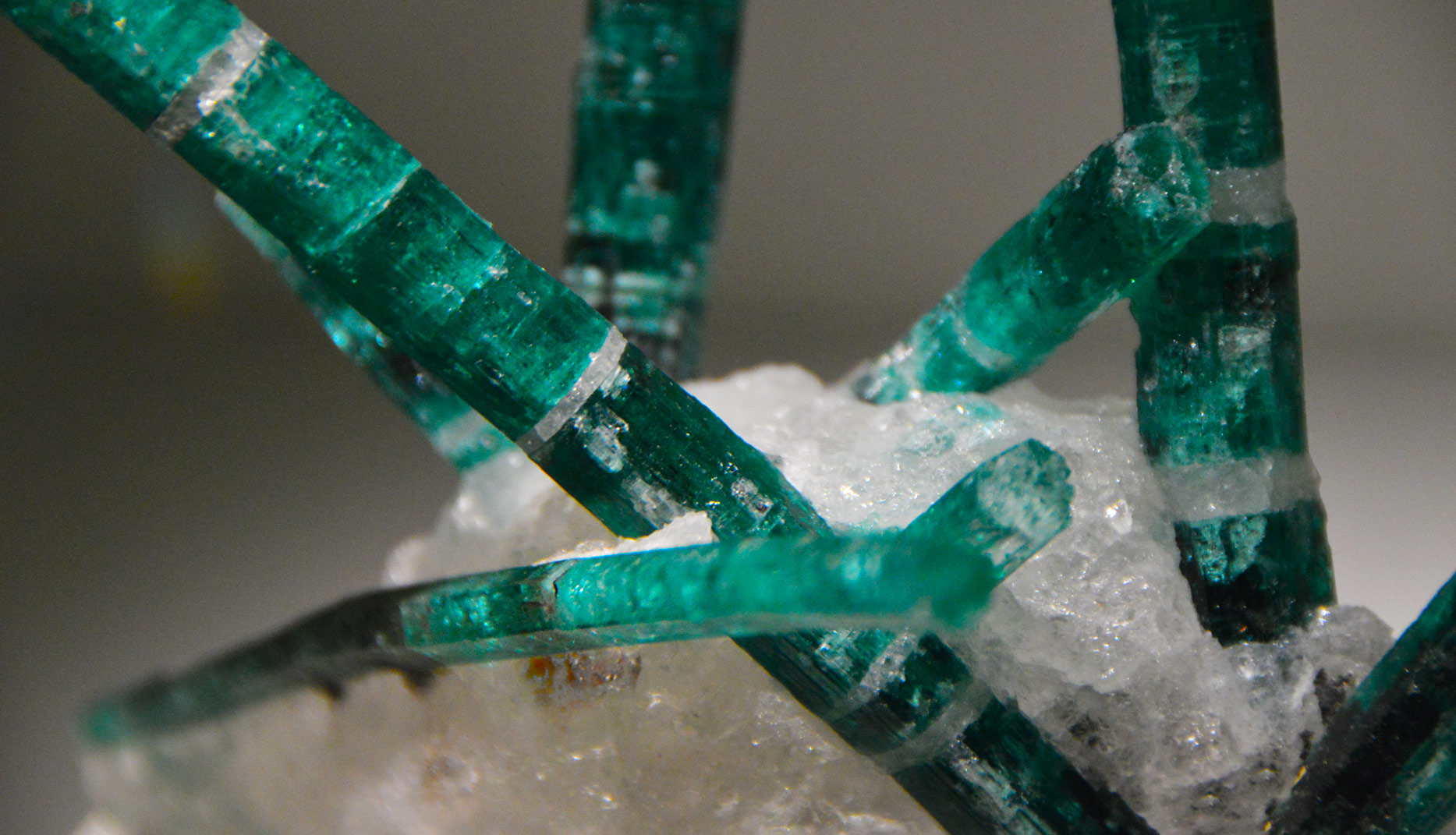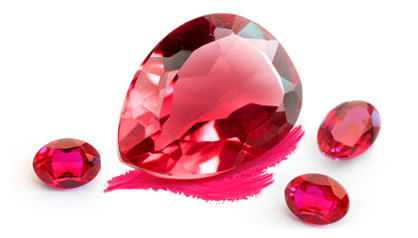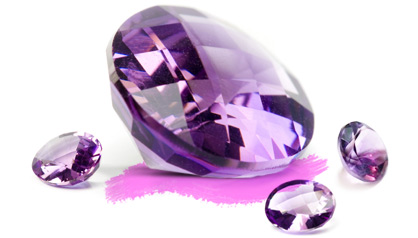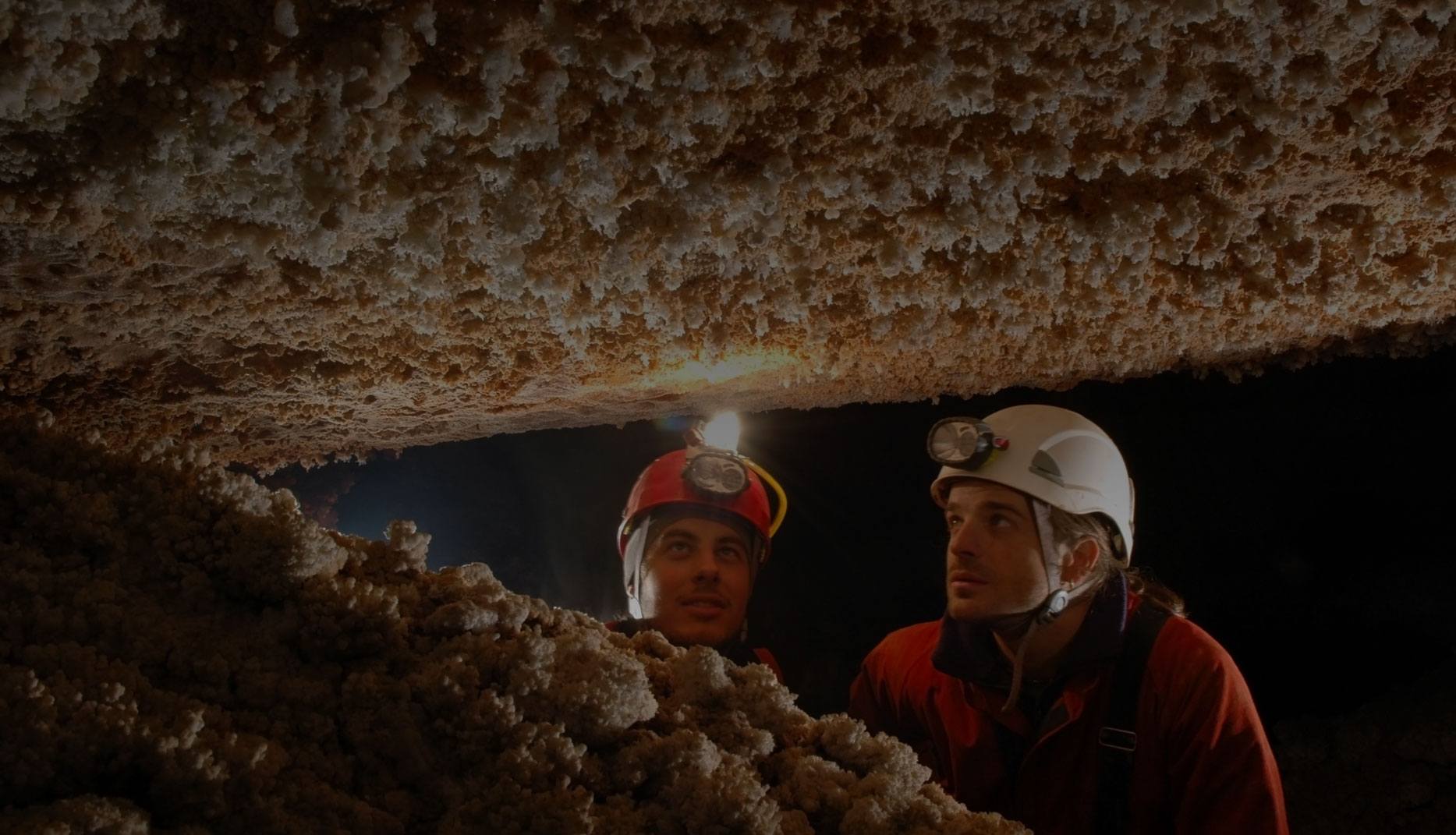There is no purer green than the pristine, forest-like hues of the world’s finest emeralds. Each passing day, millions of buyers haggle across the trade centers of Bogota in Colombia, or the bustling stone markets in Zambia for a chance to deal in some of the world’s most prized green gemstones. These little marvels of nature belong to the ‘big three’ colored gemstones of the jewelry industry, alongside ruby and sapphire. Their place in history is marked by a royal patronage from civilizations like the ancient Egyptians, as well as by modern appreciation from more recent personalities like screen actress, Elizabeth Taylor. Most of the present time’s finest emerald specimens are sold through the international auction companies and several named design houses.
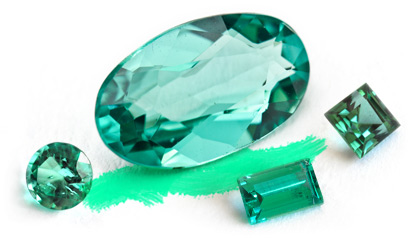
Emerald as a Timeless Gemstone
It wasn’t just Cleopatra of the Nile that had a fondness for emerald’s vibrant greens, several more connoisseurs of the early ages had also developed a strong appreciation for the stone’s colorful splendor. Such admiration drew a curiosity for the lore behind the green gem, and people found out that the word ’emerald’ was actually derived from the latin term ‘Esmaralda’, which in found its own roots from the Greek word ‘smaragdos’, meaning “green precious stone”. Now, although there have been many other green gems favored throughout the ages, emeralds remain seen as the only stones capable of reaching a certain level of saturation for some specific shades of green. These colors are usually described to be either pure green or slightly bluish green.
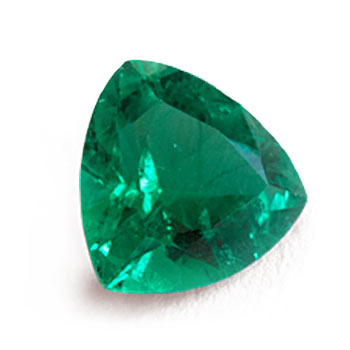
The Chrome Forest
Many emeralds are colored by the elements chromium and iron, but some also derive their greenish color from vanadium.
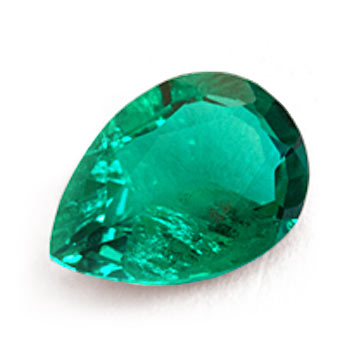
Verdant Greens
Pure green and very slight bluish green are the two most prized color hues for many of the world’s emerald connoisseurs.

A Garden of Inclusions
Emeralds are classed as type III gemstones, which means they tend to have more inclusions when compared to other gems.
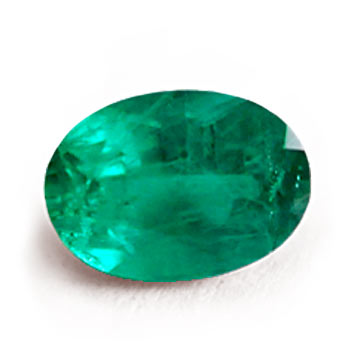
Historical Marvels
One of the world’s most famous uncut green gems is the ‘Duke of Devonshire’ emerald, weighing at just under 1,400 carats.
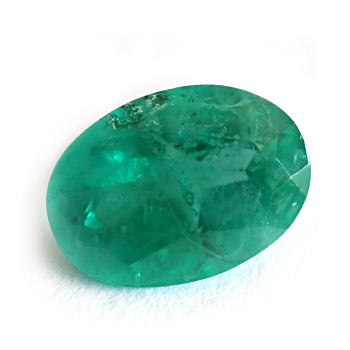
Oiling Emeralds
More than 95% of emeralds on the market, undergo a fracture-filling process of some kind, with a majority being pressure-filled with oil or resin.
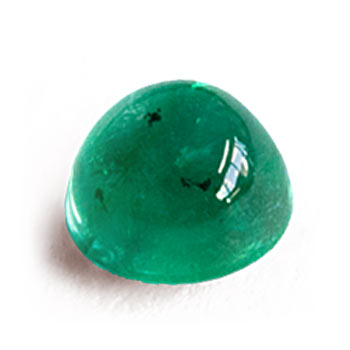
A Rebirth in Romance
Some believe that emerald symbolizes the rebirth of true love, and so its colors represent life and the eternity of a commitment.
"Emerald is often seen as the world’s most popular green gemstone, surpassing even the reception of rare green diamonds. Trade dealers will value emeralds amongst the top tier of all colored stones, but while this gem shares rank with the likes of ruby and sapphire, it also possesses some specific differences from those two varieties of corundum. One unmistakable difference lies in its hardness, because emerald is actually ‘softer’ in terms of surface resistance to abrasion. This sometimes allows it to be scathed by other harder gemstones if stored improperly or in direct contact with them. Some popular stones such as diamond, fancy sapphire and moissanite should definitely not be kept with loose emeralds due to the obvious difference in their hardness ranking."
Another notable difference shows up in clarity. Emerald belongs to a categorical Type III (clarity type), while ruby and sapphire both belong to Type II. The gemological laboratories distinguish “Type” basically to illustrate different gems’ inclinations to possess internal clarity characteristics. What this essentially means is that emerald will always tend to have more inclusions than sapphire or ruby of an equivalent quality-value level. The market will thus give a higher price for emeralds with notably high clarity, due to the fact that these are quite rare.

Some collectors of fine emerald actually prefer a certain presence of minute inclusions in their stones, called ‘gota de aceite’. Observations of this trait might describe the inclusions as tiny geometric-like, near-invisible textures that may have come about due to differences in the crystal’s growing conditions. It’s been said that emeralds mined from Colombian deposits may sometimes showcase prime examples of these ‘gota de aceite’ patterns. Trade connoisseurs often consider Colombia as the main destination for mining top-quality emeralds. A number of its province-states have garnered a lot of fame for their own production’s unique qualities and differences. The mining areas situated in Muzo are probably the world’s most famous emerald-deposits of all time, having produced some of the best quality stones seen throughout history. Museum-quality pieces from Muzo are often left “in-matrix” so as to preserve their rare natural formations. Several localities around Colombia actually send their mine production to traders in the city of Bogota, where much of the global emerald trade thrives and does business. It’s one of those well known places where dealers might find several crowded buildings occupied with emerald buying offices that cater to the tens of thousands daily. Bogota’s unique atmosphere provides the emerald trade with access to every quality level of Colombia’s gemstone output. From here, stones can make their way to various cutting centers around the world, or into the hands of private collectors and global jewelry houses. The trade’s pipeline will always start at a source though, and like Colombia, many of the other source countries also want more than a miner’s stake in the industry.
Places like Zambia and Brazil have also been investing in their own trading centers, as well as in cutting and treatment facilities to accommodate a full vertical integration of their raw emerald resources. It’s not enough to just mine anymore. The jewelry trade is growing daily, and many people have discovered more innovative ways to enrich the beauty of emerald gemstones in their respective markets. Clarity enhancement processing is now being done on rough emerald as well, with newer and newer filling compounds that boast better durability and less discoloration.
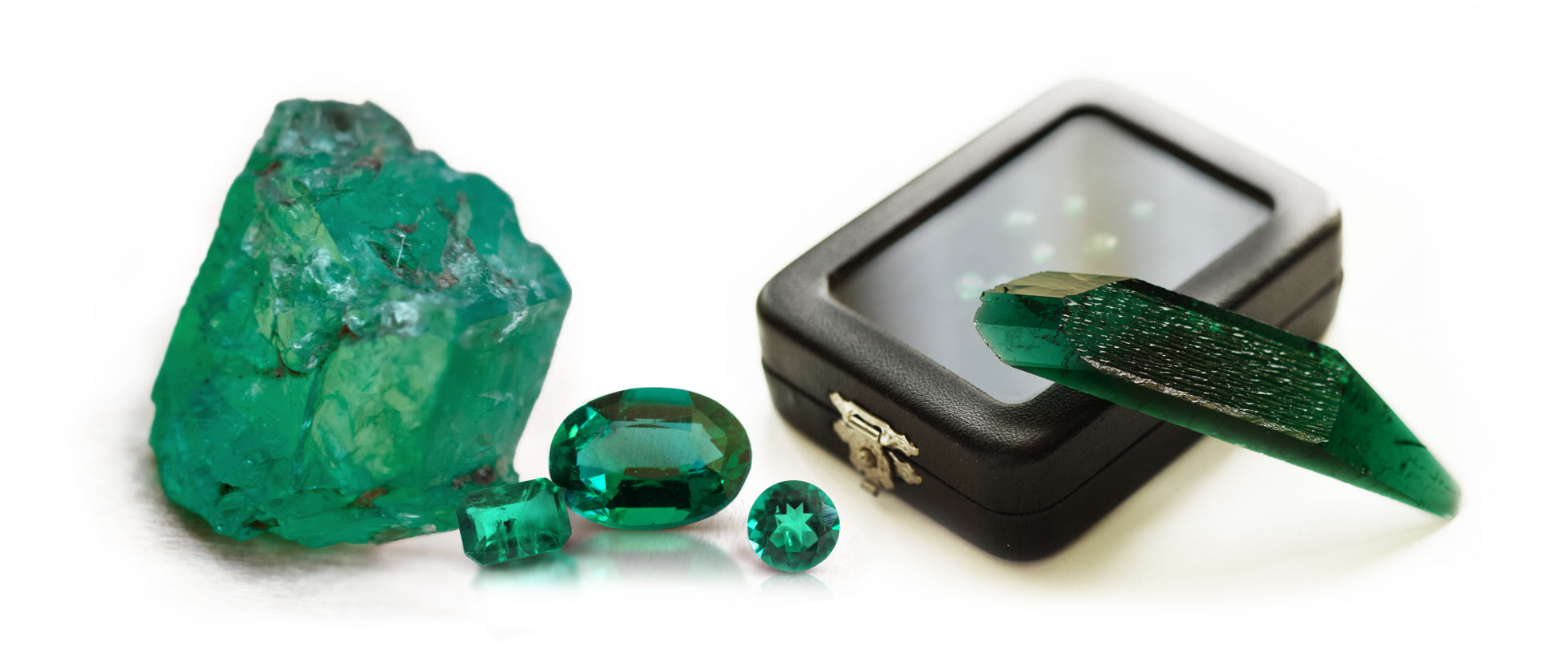
Above we can see a natural emerald crystal to the left, a few faceted emerald specimens at the middle, and an uncut hydrothermally-grown synthetic emerald slab to the right. (Wherever there is a thriving emerald market, be sure to watch out for synthetic materials being sold without proper disclosure.)
When it comes to the topic of emerald enhancements however, the most common treatment; fracture filling, is mainly done on the vast majority of mid-to-commercial quality stones in order to improve their apparent transparency. Processes like this aren’t as frequently done on stones from the top-quality or fine-market tiers. Because of this, differences in pricing can occur between emeralds that are treated and those that remain untreated. A premium obviously exists for untreated stones, although some surveys show that about 85% of emeralds in the trade undergo some form of post-cutting treatment. Connoisseurs and collectors might sometimes prefer an untreated emerald with a slightly lower clarity level to a fracture-filled stone with higher apparent transparency, but it all boils down to personal preference at the end of the day. Others might in fact choose to pay less for a beautiful natural stone, regardless if it has been slightly enhanced, as opposed to paying more for an unprocessed stone with the same look. Laboratories that focus on gemological identification can normally detect the presence of a filler material in most gemstones.
Caring for Jewelry Items and Evaluation of Gemstones
It’s always best to keep each stone independently of the others. Contact between two emeralds can cause some types of surface damage, although careful storage can easily prevent this from happening. The main concern about emeralds is usually a lower toughness / durability rating, due to either the presence of their inclusions or some form of filler material. These things may require careful procedures when cleaning the stone, due to the possibility of chemical agents seeping into microscopic fractures and affecting the appearance or integrity of the gem. Cleaning with warm water and mild soap is the safest method.
Jewelry Repair
It’s best to request for special care when asking a jeweler to repair emerald jewelry. Any amount of torch heat may cause stones to “sweat” out oil fillers, or possibly cause liquid inclusions to rupture inside the stone. Be sure about the nature of your emerald and whether or not it is fracture filled before doing repairs.
Frequently Asked Questions

What are the issues for fracture-filled emeralds?
In the recent years, better filling substances have been developed by several companies so that their material can be removed and re-applied to emeralds without damage. While this is a welcome innovation, there are still many more fillers out there that are permanent in nature, unless damaged or forced out by external applications. The fact remains that fillers can be very different from each other, and likewise have different effects across various periods of time. Some discolor, others might become cloudy, and few might not even change at all.
Do I need to re-fill a fracture-filled emerald?
In many instances: yes, but not for all cases. It all depends on the type of filling material. Cedarwood oil and many other natural oils were once the most popular type of filling material for emeralds. They improved apparent clarity and would eventually seep out of the stone in the span of a few years to a decade. Any discoloration or visual effect likewise would usually not be noticeable until the passing of several years. This however, may not always happen in the case of each and every treated gemstone. The large number of possible effects is due to the many types of oils being used by the trade. Nowadays, a percentage of the more modern emeralds set in jewelry pieces employ the usage of polymer resins or more advanced patented compounds. Some of these are actually guaranteed by their parent companies to do no harm on an emerald, and to be fully extractable should the need for re-filling occur.
Are Colombian emeralds more expensive than stones from other sources?
While Colombia has been known to produce some of the world’s finest emeralds, just because a certain stone comes from this country, does not automatically mean that it is of a finer quality than emeralds from other countries. That being said, some gemstones do command a premium if they are accompanied by provenance stating their origin place to be Colombia or Muzo. These instances are usually seen at auction houses, where the emeralds are often times graded to be extra-fine or museum quality.
How do you evaluate the color and clarity of emerald?
The finest emerald color for many dealers in the trade, is simply a pure green or a very slightly bluish green with vividly intense saturation. This is a rare occurrence in the production quality of most sources, and so it does command prices that can exceed those of D-flawless graded diamonds. Certain stones with yellowish modifying colors are normally less sought after, and so prices for these examples may be lower than those of their bluish green counterparts. Still, the market also has to consider the clarity levels of a certain stone before any purchase is made. In the case of emeralds, clarity grading is usually seen as being more lenient when compared to the standards used for gems such as ruby, sapphire or diamond. This is because the majority of emeralds used in the trade today possess comparatively more inclusions than most other gems (apart from a few exceptions such as watermelon tourmaline and red beryl).
Are there many man-made emerald counterparts?
Unlike man-made rubies and sapphires which can be can be manufactured at very affordable prices using the flame fusion synthesis method, emeralds can only be created by laboratories that have more cost-consuming methods available. Two of these methods, the flux growth and hydrothermal growth methods, can sometimes take up to several months of production in order to manufacture a few carats of output. Both techniques produce products that are often easy to separate from natural emeralds when examined by a qualified gemologist.
What is an emerald-cut, why are some other stones fashioned this way?
Because of the way emerald crystals grow in nature, many manufacturers opt to have raw gems cut into ‘rectangular step-cuts’ with angled corners. This is done mainly to save the most carat weight possible from the original rough crystal. Such a fashioning style being done on a large number of emeralds eventually gave way to its popularity and widespread adaptation onto other gemstone varieties. The cutting style became known as the “emerald cut” and is one of the most popular choices today, even for high value diamonds.

Emerald Gemological Information
Gem Species:
Beryl
Composition:
Be3Al2Si6O18
Green to
Bluish Green
Refractive Index:
1.577 to 1.583
Specific Gravity:
2.72
Hardness:
7.5 to 8 (Mohs)
Gemologist's Lab Notes
The Scientific Identification of Emerald
Emerald belongs to the gem species called beryl, along with aquamarine, morganite and heliodor. This species is a beryllium aluminum cyclosilicate, that belongs to the hexagonal crystal system of symmetry. The specific emerald variety is differentiated by its more intense green hue, rather than by the color-causing trace elements of chromium, vanadium or iron. Any green beryl with a sub-par or grayish saturation is simply called “green beryl” instead of emerald, but this does causes some debate amongst members of the jewelry trade.
Emeralds have a lot of notable gemological properties that can be observed. First off, we can take a look at its refractive index, which is usually situated at 1.566 to 1.600. The refractometer will come in handy for separating emerald from other green gems like tourmaline. Sometimes it can even help distinguish certain types of man-made emeralds as well. These synthetics could show slightly different RI values, depending on their specific manufacturing processes, though it’s always a good idea to perform multiple tests to be completely sure. Some other instruments like the polariscope (and conosphere) can help determine emerald’s unique optic character, which is uniaxial, meaning that this gem is also a doubly refractive species. You can notice this by many ways, one being the observance of dichroic colors using a small instrument known as the dichroscope. This might show you two colors of green: one with a more bluish tint, and the other with a pure green to yellowish green tint. Traits like dichroism are not always noticeable because of the differing saturation levels in different stone samples, however emerald has many more characteristics that one can use to properly identity it.
Do Synthetic Emeralds Fluoresce?
If you take a look some man-made emeralds under long-wave ultraviolet light, you may notice that they exhibit a reddish glow, similar in part to the fluorescence seen in many rubies. This fluorescence is mainly attributed to one of their color-causing trace elements; chromium, which is also the agent that creates the red color that we see in ruby. The stimulation caused by the UV light excites some electrons in the crystal to “jump to a higher level” (to simply put it symbolically). Now, in order for them to return to their previous state, these electrons “release” the acquired energy in the form of visible light, thus creating the fluorescence that we see in the stone. We should note though that while many synthetic emeralds fluoresce, some do not. At the same time, there are a very few natural emeralds that also show some fluorescence.
Emerald and Its Inclusions
Because emerald is classified as a type III clarity gemstone, it tends to contain a lot of inclusions, but this isn’t always a bad thing. The fact that many emeralds carry mineral crystals, liquid inclusions and traces of earth in their interior allows a gemologist to more easily determine its natural origins. Think of this like a fingerprint, where inclusions can be used as clues in determining how a certain stone could have formed layers beneath the ground. Modern gemological testing can sometimes also reveal where a certain emerald was unearthed. The specific types of inclusions, especially mineral crystals, can aid in the investigation of an origin determination. Normally though, this is more often done for high-end stones or for gems that require a provenance to sell at auction.
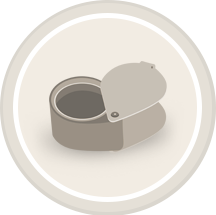
Doublets with Inclusions
Be on the lookout for assembled doublet imitations that try to replicate emerald’s tendency to possess a lot of inclusions. The main confusion could arise when a viewer sees natural crystal inclusions on the thin gemstone crown, and mistake the gem for a natural emerald.

Blue or Colored Flashes
When you see a type of inclusion that looks like a colored flash along the contour of a fracture, it’s probably a sign of filling material in the emerald. These flashes can actually show up in a variety of colors, sometimes more than one, and they are very distinct in appearance.

The Presence of Pleochroism
Not all emerald specimens will show obvious pleochroism, but the ones that do might let you observe a bluish tint on one of the green hues, while the other could appear a little more yellowish, or in some cases slightly brownish-looking.
Qualities, Value and Demand
Pricing the different qualities of emerald must take into consideration a full evaluation of color, clarity, and carat weight. The attribute of cutting style may also affect value, but usually to a lesser extent, because many emerald gemstones are cut with the mindset of saving carat weight rather than simply displaying the best proportion appeal.

In 1967, Actress Elizabeth Taylor wore a brilliant emerald and diamond necklace to accept an Oscar for best actress for her role in the movie “Who’s Afraid of Virginia Woolf”. Decades later, the same necklace along with a full suite of emerald and gemstone jewelry from Taylor’s personal possessions, sold for over 130 million US dollars at a fine auction event held by Christie’s in New York city. Such admiration for the actress’ prized collection was matched only in intensity by the actual splendor and beauty of the large emeralds set into each finely crafted article. It’s no wonder that the reception for emerald is as vibrant as it is in today’s modern high society. We look at the way people follow the trends in jewelry design, and we can observe that more and more, people are becoming aware of colored stones and their place in luxury. Emeralds have belonged to queens, leaders of state, famous celebrities and everyday people alike. Their lush, green appearance reminds us to live a life of true abundance and thrive with the changing of seasons. It’s imperative that those who value emerald as a treasure, also be aware of their favorite gem’s state in the colored stone industry. While many believe that emerald, ruby and sapphire are just secondary to diamond, they often do not understand that the right combinations of color, clarity and carat weight can make any of these stones worth more than a colorless diamond.
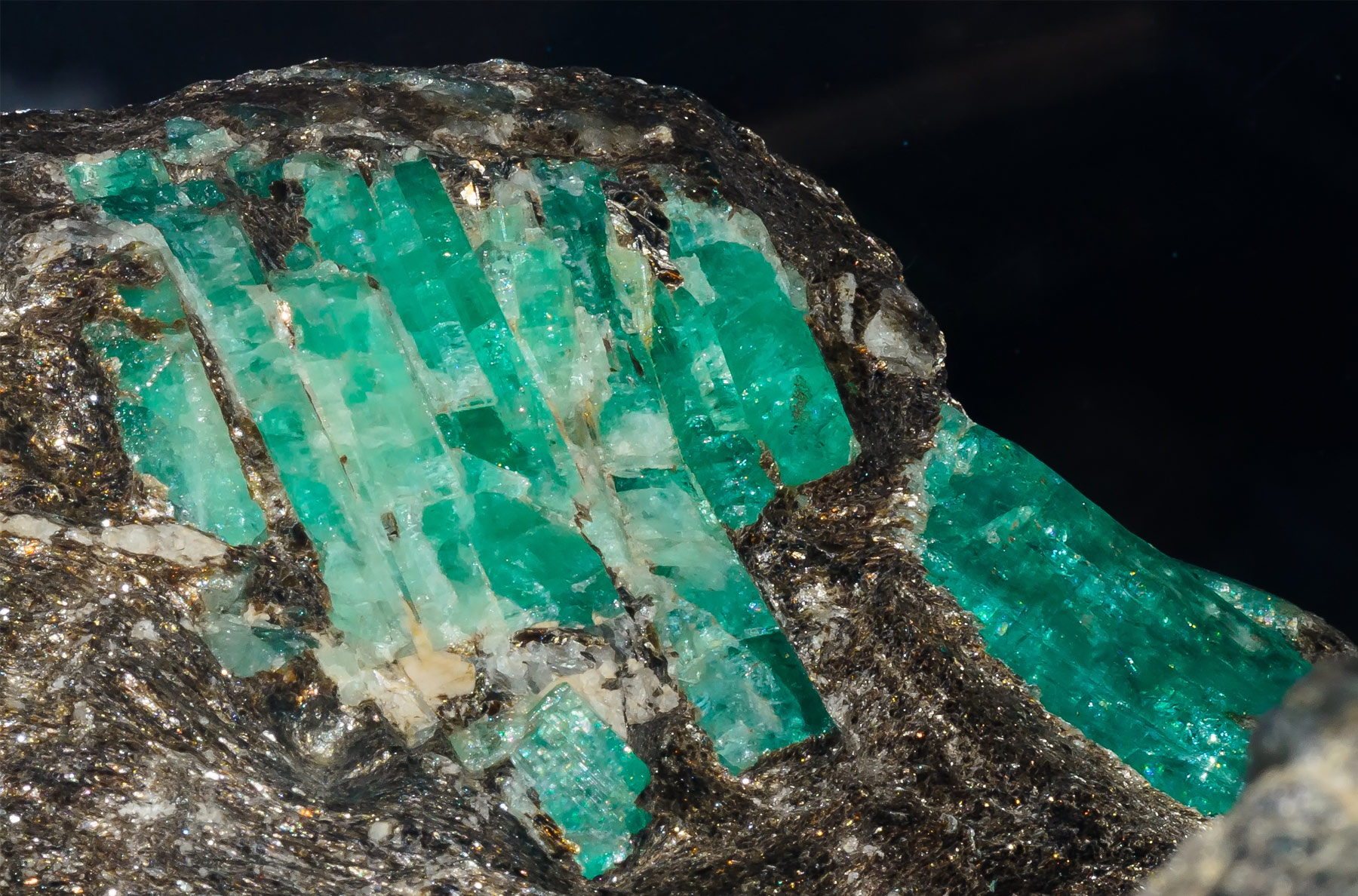
Many emeralds have broken records in several famous auction houses, but only a handful can be publicly viewed by just about anybody. One of these rare examples is the Gachala Emerald, which was unearthed in 1967 at the Vega de San Juan mine in Colombia. It was named after the city where the mine was located in, and currently resides at the Smithsonian Institute in the US. This priceless specimen was actually donated to the institute by the New York jeweler, Harry Winston just two years after it was uncovered. Such a large emerald (weighing over 800 carats) would have surely fetched millions of dollars at auction, but is now appreciated by millions of people worldwide instead. The beauty of emerald is not merely its high cost or value, but rather the wonder that it brings to people when they see something so beautiful, come from beneath the ground under their own two feet.
Synthetics, Imitations and Treatments
There are more types of emerald alternatives being discovered everyday. Man-made emeralds grown through the hydrothermal method seem to be the most popular synthetic counterpart for many dealers, while imitations like garnet-and-glass doublets, synthetic spinel triplets and synthetic green gems all account for a huge percent of the current gemstone simulant market. It’s important to submit your gemstones to a properly qualified gemological laboratory so that you can be sure that your item is what you think it is.
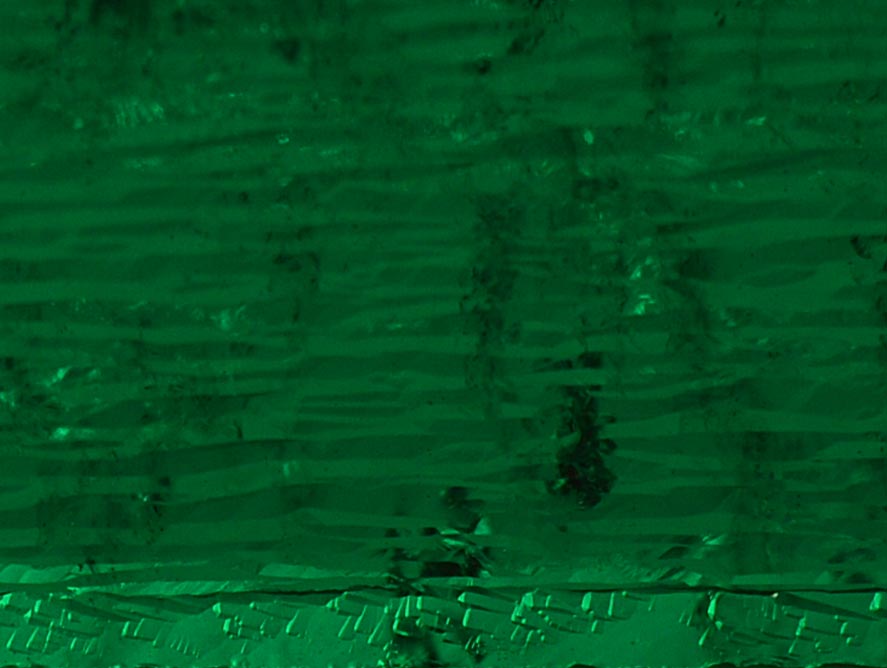
Synthetic | Hydrothermal Growth
General characteristic texture of uncut hydrothermal synthetic emeraldHydrothermal man-made emeralds are grown on seed-plates and often result in roughly textured slabs that typiclaly show a craggly or chevron marked pattern.
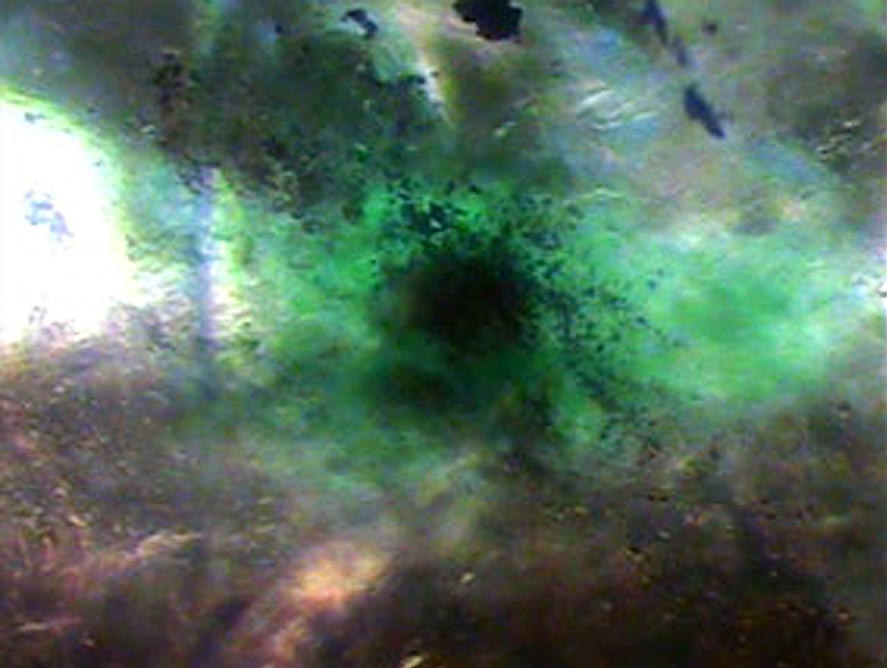
Treatment | Color Dye
Colored dye concentration around a mineral inclusionLower quality emeralds and other gemstones can be dyed to show stronger colors. Dye often concentrates around fractures or inclusions, like how it surrounds this tiny mineral crystal.

Imitation | Assembled Triplet
A colorless middle zone in an assembled triplet stone meant to imitate emeraldImitations like this assembled triplet are composed of three fused parts. For green ones that try to imitate emerald, you may often see a colorless middle zone under microscopic view.
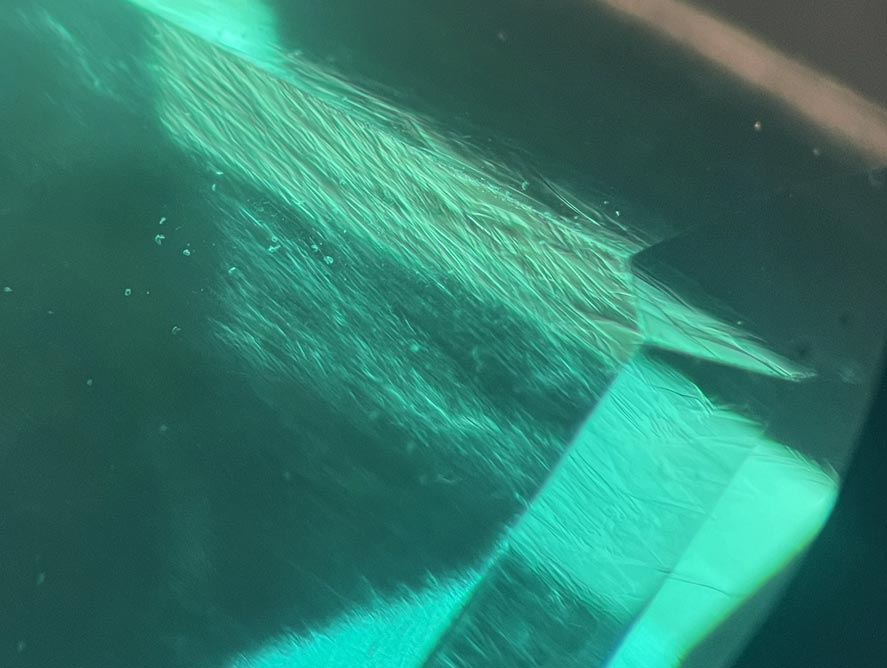
Synthetic | Hydrothermal Growth
Undulating growth pattern within a hydrothermal synthetic emeraldEven faceted hydrothermal syn. emeralds may show undulating and chevron-type internal growth patterns under the microscope when viewed in certain directions.
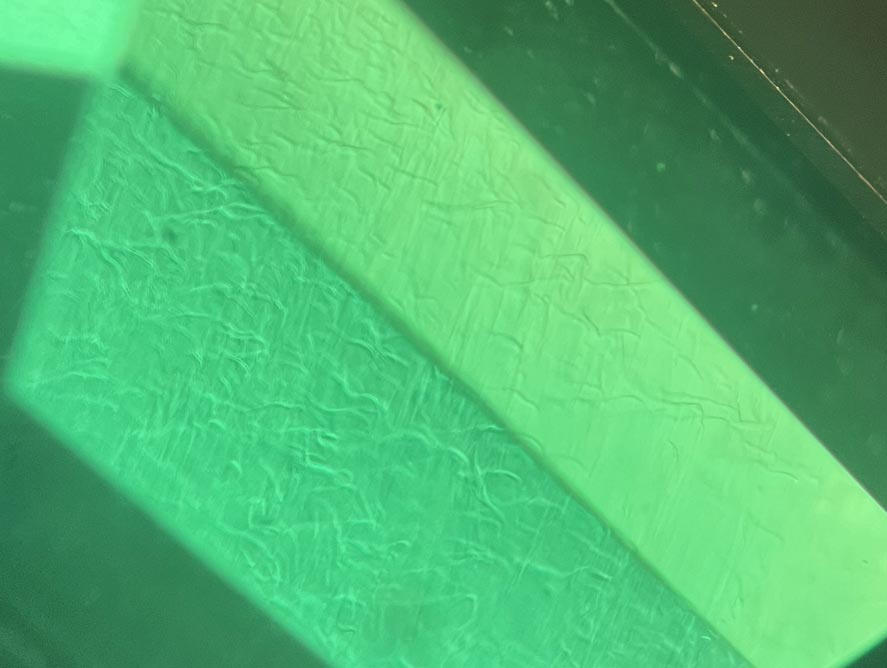
Synthetic | Hydrothermal Growth
Chevron growth texture within a hydrothermal synthetic emeraldChevron-looking marks are a tell-tale sign of hydrothermal synthetic growth when seen within emeralds. These can be hard to spot at times, as only very specific viewing directions will show them.
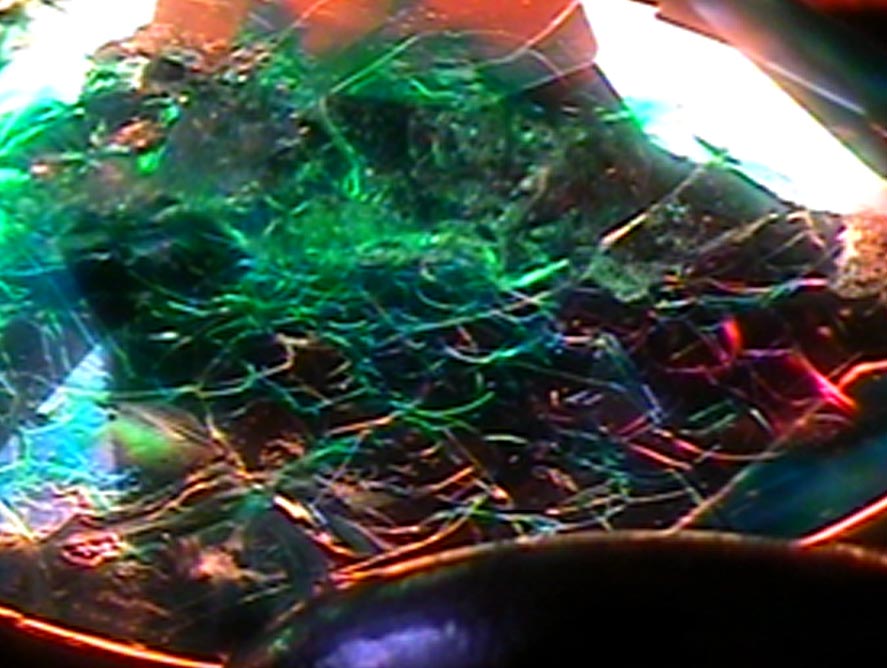
Imitation | Dyed Quartz
Honeycomb pattern of fractures in green dyed quench-crackled quartzTiny honeycomb-looking fractures can be induced in quartz by the process known as quench-crackling. Green dye is then introduced, allowing the material to imitate emerald.
Contact Us
Get in touch with a Gemologist.
For gemological assessment requests, our laboratory evaluates gemstones as an impartial third-party assessor.
